Sharp SYSTEM-CD555ZT(GY) User manual
Other Sharp Measuring Instrument manuals
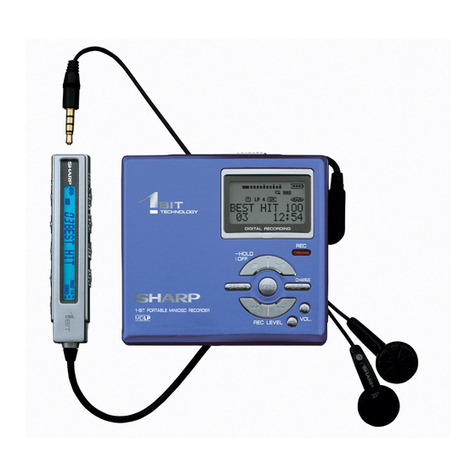
Sharp
Sharp MD-DR470HS User manual
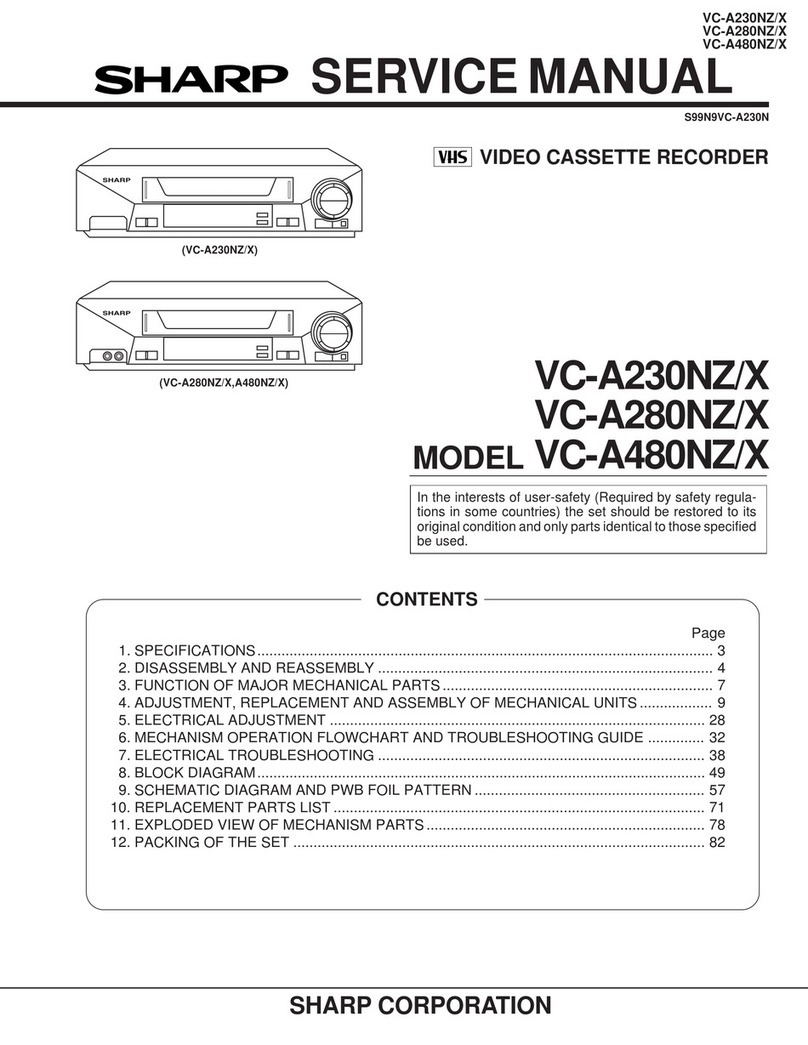
Sharp
Sharp VC-A230NZ/X User manual
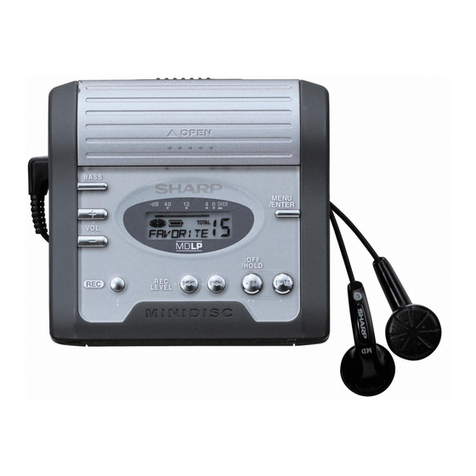
Sharp
Sharp MD-MT270HS/BK User manual
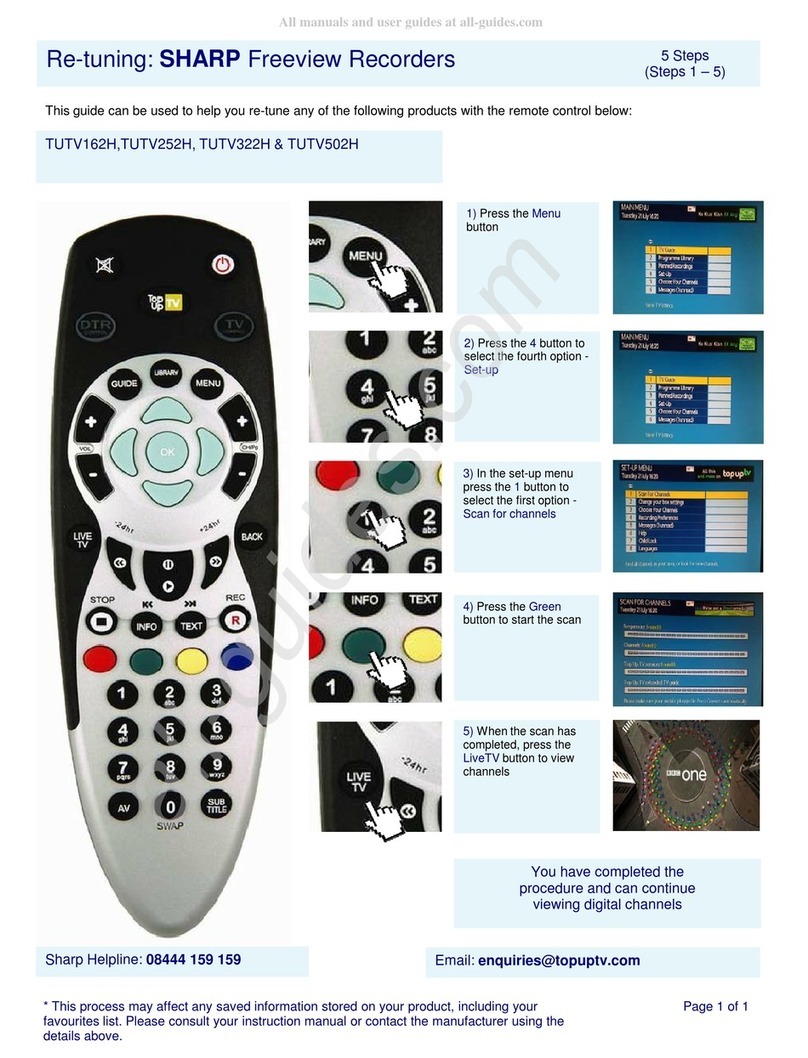
Sharp
Sharp TU-TV322H User manual

Sharp
Sharp MD-MT866H User manual
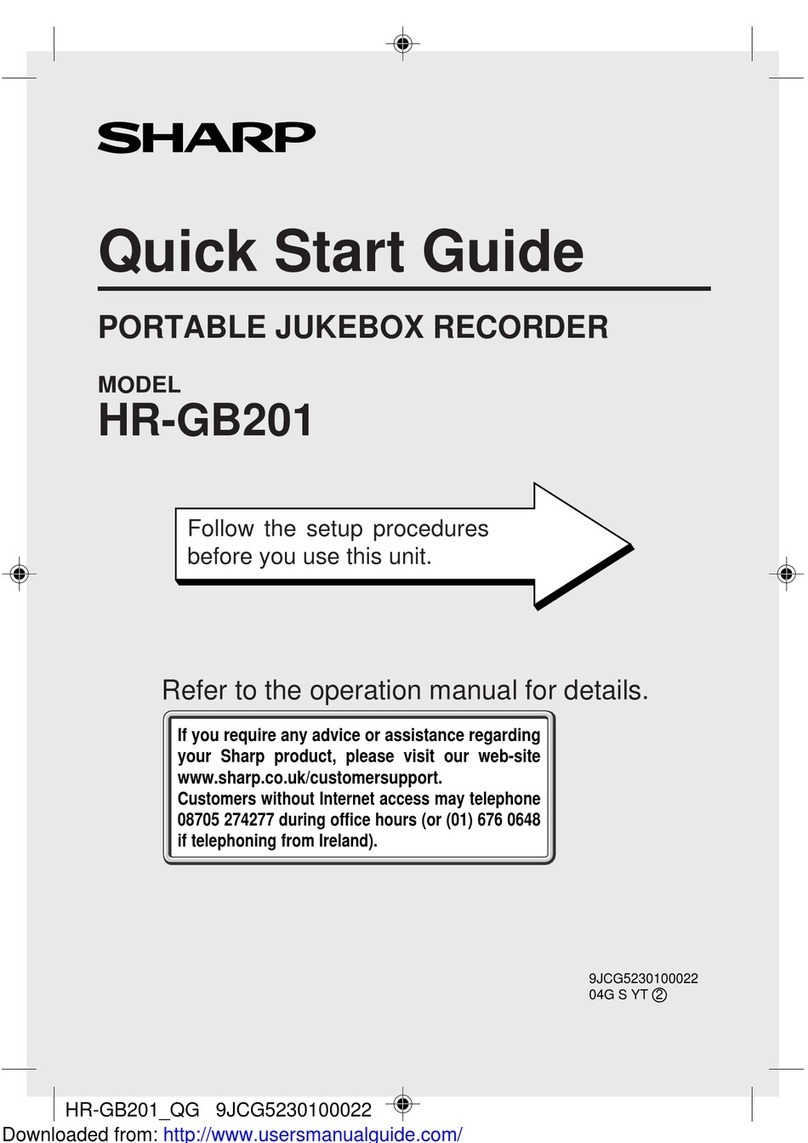
Sharp
Sharp HR-GB201 User manual

Sharp
Sharp MD-MT20H(BL) User manual
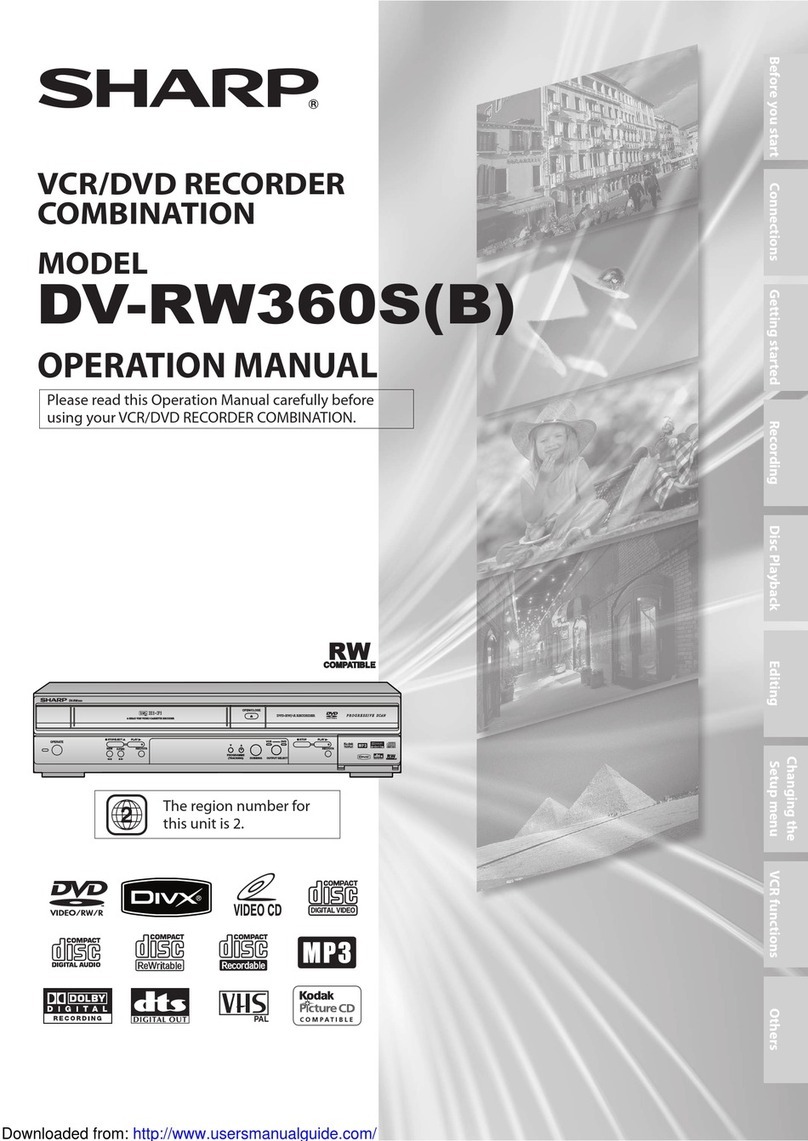
Sharp
Sharp DV-RW360B User manual
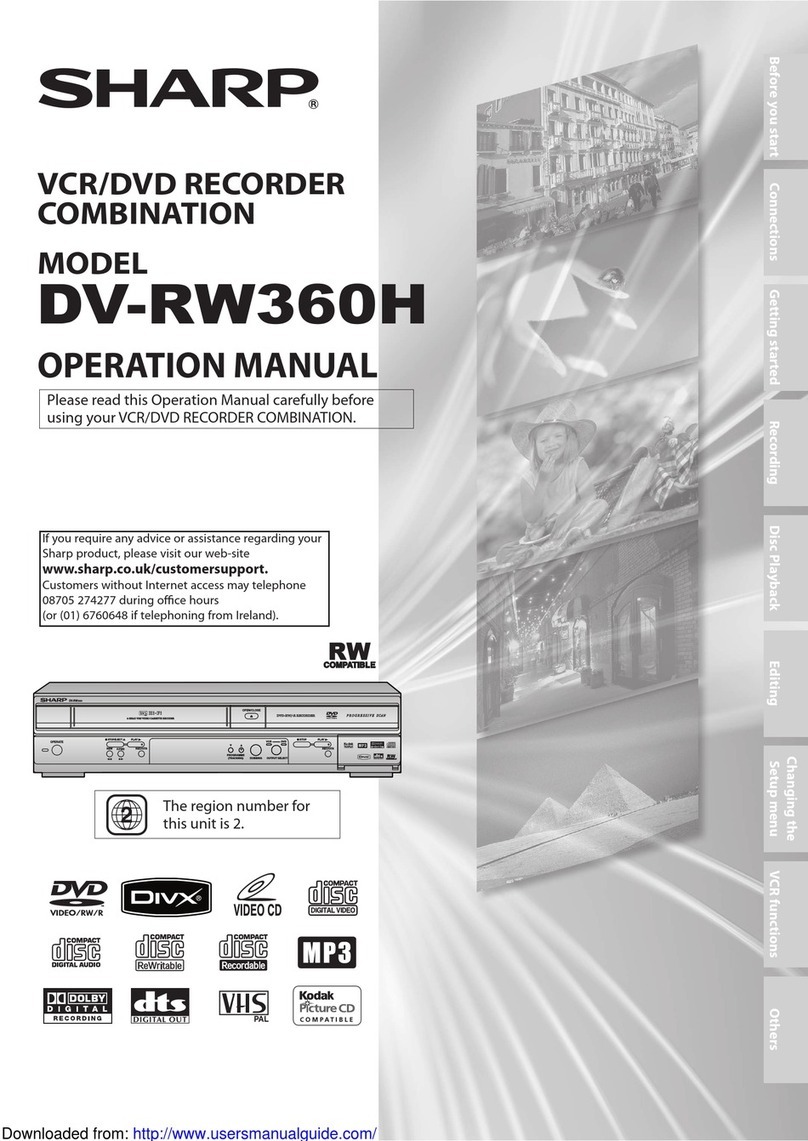
Sharp
Sharp DV-RW360H User manual
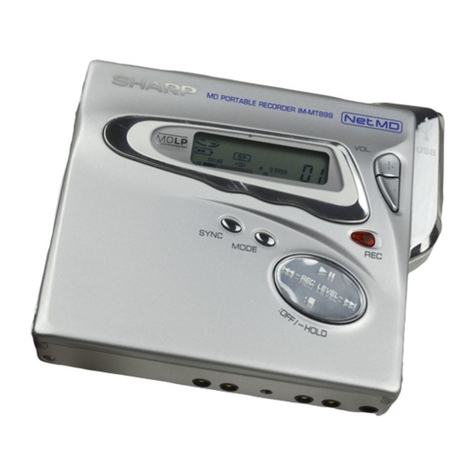
Sharp
Sharp IM-MT899H User manual
Popular Measuring Instrument manuals by other brands

Powerfix Profi
Powerfix Profi 278296 Operation and safety notes

Test Equipment Depot
Test Equipment Depot GVT-427B user manual

Fieldpiece
Fieldpiece ACH Operator's manual

FLYSURFER
FLYSURFER VIRON3 user manual

GMW
GMW TG uni 1 operating manual

Downeaster
Downeaster Wind & Weather Medallion Series instruction manual

Hanna Instruments
Hanna Instruments HI96725C instruction manual

Nokeval
Nokeval KMR260 quick guide

HOKUYO AUTOMATIC
HOKUYO AUTOMATIC UBG-05LN instruction manual

Fluke
Fluke 96000 Series Operator's manual

Test Products International
Test Products International SP565 user manual

General Sleep
General Sleep Zmachine Insight+ DT-200 Service manual















